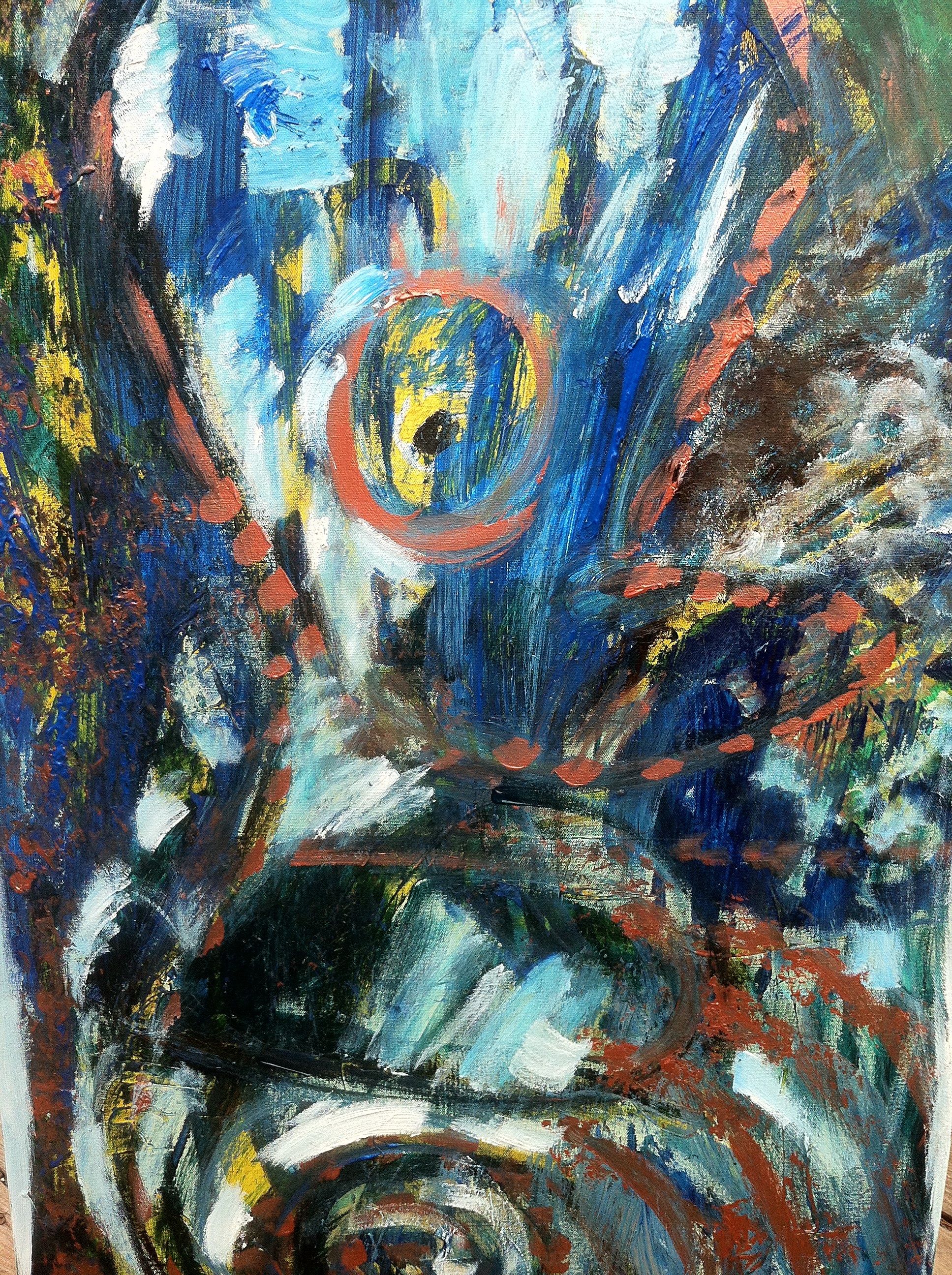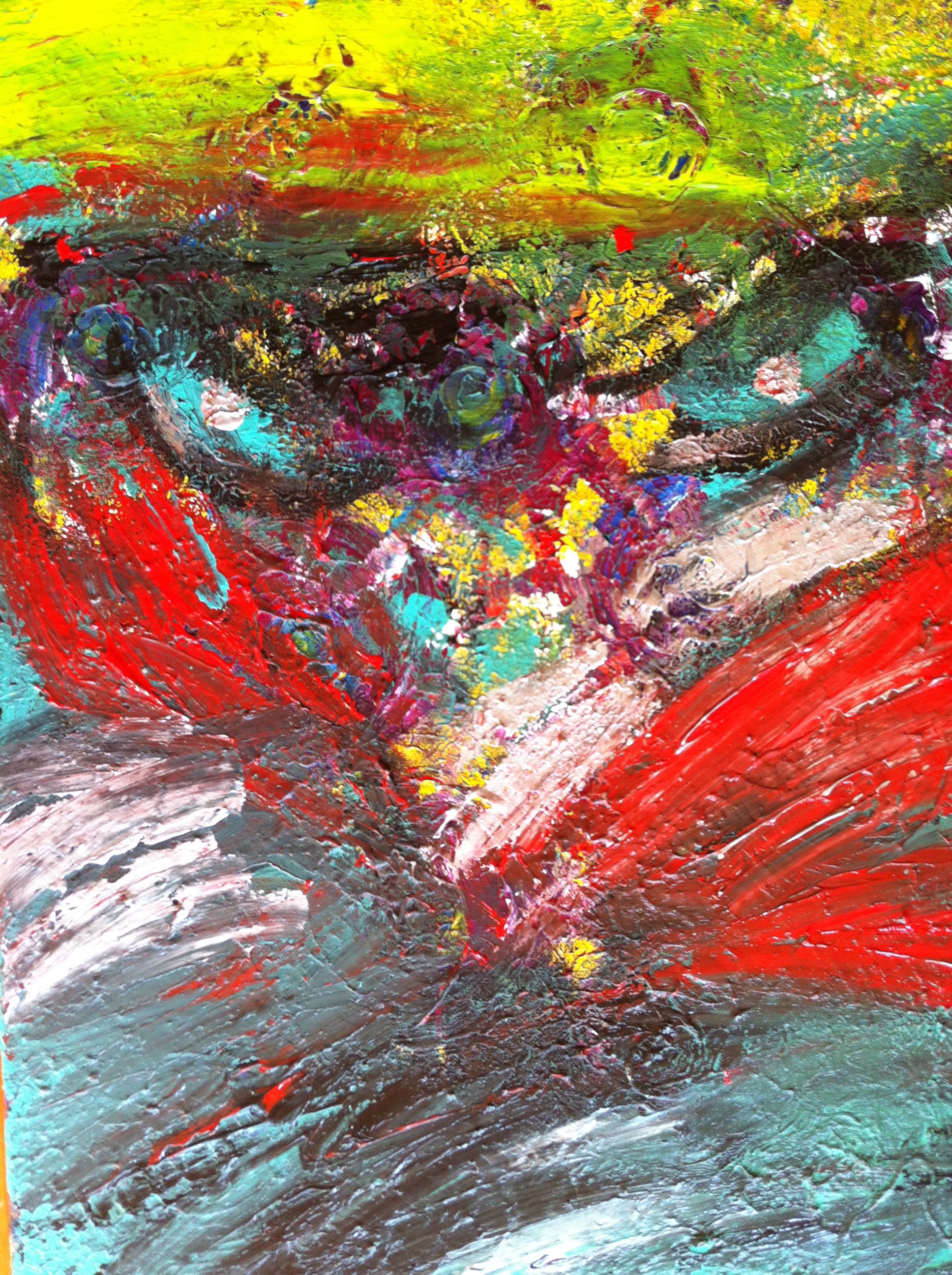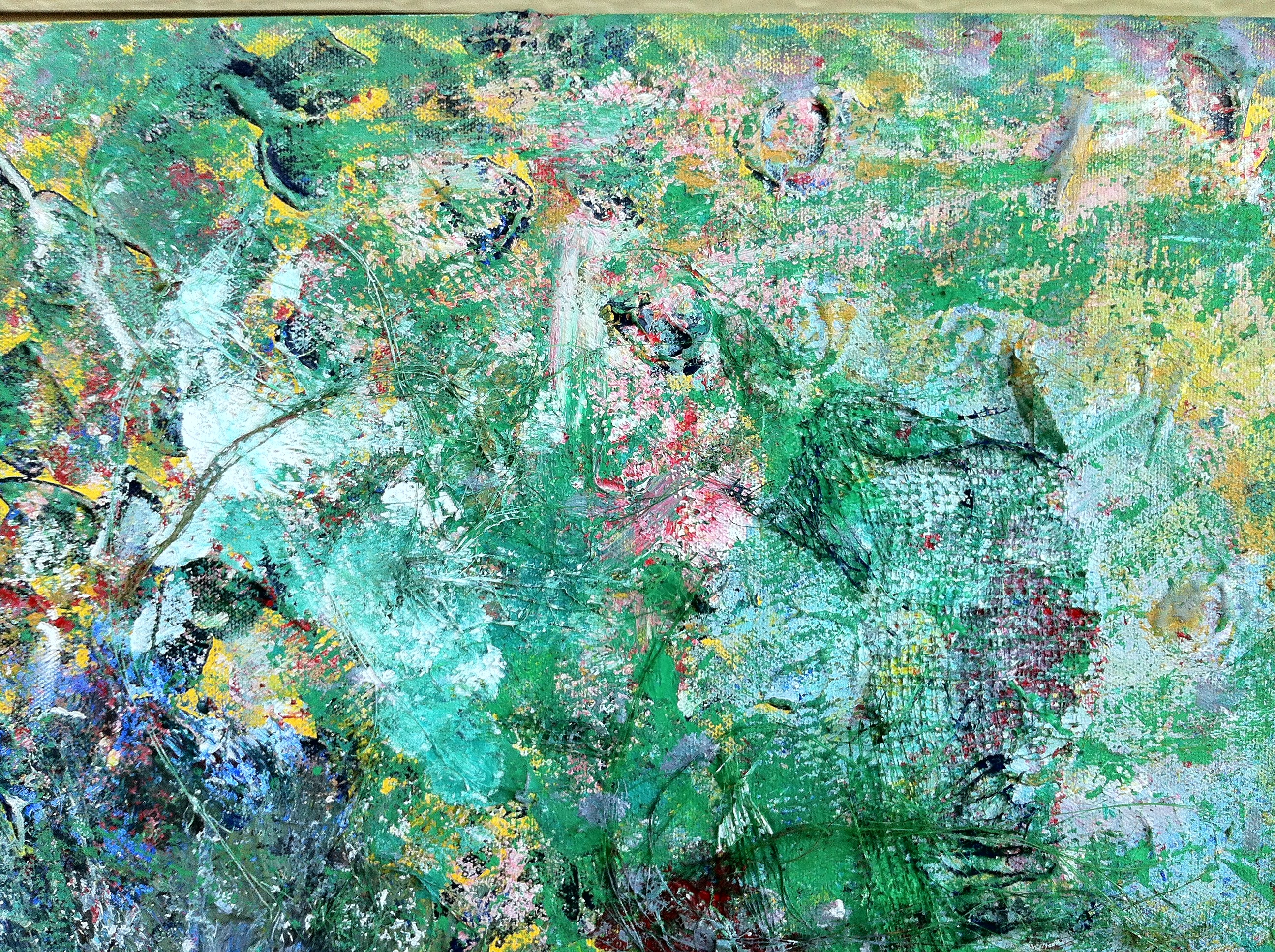 Wednesday, January 1, 2014 at 12:01PM
Wednesday, January 1, 2014 at 12:01PM Creative Corner - Lauren Brooke Tata, St. Mathew's University
"Dissappearance"

"The Wolf"

"Unleashed"

 SSt. Matthews University,
SSt. Matthews University,  painting in
painting in  Creative Corner
Creative Corner  Wednesday, January 1, 2014 at 12:01PM
Wednesday, January 1, 2014 at 12:01PM Creative Corner - Lauren Brooke Tata, St. Mathew's University
"Dissappearance"

"The Wolf"

"Unleashed"

 Share this Post | Comments Off
Share this Post | Comments Off  SSt. Matthews University,
SSt. Matthews University,  painting in
painting in  Creative Corner
Creative Corner  Monday, December 30, 2013 at 12:00PM
Monday, December 30, 2013 at 12:00PM Winner, Creative Corner
Gosia Pajak, University of Illinois

 Share this Post | Comments Off
Share this Post | Comments Off  Photography,
Photography,  University of Illinois in
University of Illinois in  Creative Corner
Creative Corner  Sunday, December 29, 2013 at 08:01PM
Sunday, December 29, 2013 at 08:01PM Honorable Mention - Life as a Vet Student
Sally Moseley, St. Matthew's University
I have always thought of myself as a good pet owner.
That being said, how many discredited parents have told a similar tale?
How I think most pet owners (and many parents, as well) get into trouble is not by lack of caring but lack of knowing. I have been a huge advocate for client education before I even knew what client education was; I spoke to youth groups about the importance of realizing the responsibility of taking care of a pet before they got a pet, and I also spoke to them about common dangers pets may face.
I honestly did not inform them of very much, just some basic ideas. I mostly wanted to encourage those kids to follow the adage “look before you leap” so that they might get the most out of having a pet.
Somewhere along the line, I must have forgotten my own advice. I certainly cared, I just did not know. And I did not learn until the incident, which may be considered the point at which it was “too late”.
For ten years, I had two beautiful female leopard geckos: Fintsy and Coraco. When I first set up their tank, overjoyed with the thrill of the exotic experience, I had a stack of books about leopard geckos. I would have told you that I read every single word. I would have told you, and I would have believed it myself.
Ten years after first pouring sand into that tank, on a cold morning before the sun cared to join us, I woke up to a gargled shriek. It was a moment where I had no idea what was happening, but I did know that one of my geckos was in pain. (Later, my vet would try to comfort me by saying reptiles did not feel pain, but I changed his mind that day.) I jumped out of bed and lifted up my geckos’ favorite cave to find a strange site.
Fintsy was not only missing a foot, but she was biting her own leg. Maybe sometime in my veterinary career I will make up some plausible explanation for her biting her own leg. I wish I could give an explanation now, but all I can come up with at the moment is that it was in response to Coraco biting off her foot.
I am not sure how many people know about leopard geckos. Maybe to some people this incident does not look like my fault.
But I have not exactly given the full story yet. A couple of years before the incident, Coraco bit off Fintsy’s tail. Why didn’t I separate them after that? Two reasons: I had my suspicions that Coraco was partially blind, and leopard gecko tails grow back.
It was not until years later that the incident occurred, and in a panic of Googling I discovered that you are not supposed to let two female leopard geckos live in the same tank. They fight. I thought ten years was a long time to go with one “fight” that might have been a blind gecko’s attempt at catching a cricket. But then I read that everyone said they had geckos for three years or five years or even ten years before they fought.
If this had happened to everyone, how did I not discover this before?
Needless to say, I felt extremely foolish.
 Saturday, December 28, 2013 at 04:01PM
Saturday, December 28, 2013 at 04:01PM Winner - Cases and Abstracts
Aki Otomo, St. George’s University
Cheddar is my 10 year-old Domestic Shorthair feline who I adopted in 2004 after he had sustained severe sacro-iliac trauma from being hit by a car at the age of 14 months. He initially presented with a necrotic tail pull injury, which required a short tail amputation with extensive urinary catheterization post-operatively.
By the age of 4 years, Cheddar exhibited numerous neurogenic issues including constipation, megacolon, urine retention from detrusor areflexia and fecal incontinence with pudendal nerve impingement. In 2011 his megacolon had progressed to a point where a subtotal colectomy was necessary. Subsequent sequelae included surgical dehiscience and septic peritonitis. In addition, his bladder atony became so severe he required a permanent low profile cystostomy tube for 14 months. Chiropractic adjustment, low level laser therapy and acupuncture allowed the removal of the cystostomy tube due to increased conscious voiding on Cheddar’s part, however he retains approximately 35mL of urine post-void. He currently suffers from chronic ascending multi-drug resistant urinary tract infections.
In December 2012, he was diagnosed with Inflammatory Bowel Disease (lymphactyic plasmacytic) with minimal villous lymphangiectasia and chronic mild gastritis. Initial therapy with diet change and Budesonide proved unsuccessful as his cachexia, weight loss and vomiting continued. Further Prednisone therapy resulted in a bladder wall fistula at his previous bladder pexy surgical site. Therefore, systemic immuno-supressants and steroids were ruled out as an ongoing treatment option for his IBD. After consulting with both his Internist Dr. Katie Baxter (BVSc, ACVIM) and Surgeon Dr. Alan Kuzma (DVM, ACVS), in July 2013, we enrolled Cheddar in Vet Stem’s IBD Developmental Program to use adipose derived adult mesenchymal stem cell therapy to potentially treat his IBD.
Background
Stem cell therapy is a fairly new form of treatment for a variety of diseases. Current clinical data has proven stem cell therapy to be effective for treatment of certain cases of equine osteoarthiritis, degenerative joint disease, osteochondrosis dissecans, ligament and tendon injuries, sub-chondral bone cysts, meniscal injuries and fractures (Nixon et al., 2008). In feline and canine patients, it is used most often for osteoarthirits (Black et al., 2007 and Black et al., 2008), orthopedic soft tissue injury, polyarthiritis and fractures. Although the complete understanding of the physiological mechanisms of stem cells have yet to be completely elucidated, stem cells are thought to promote healing and decrease inflammation and modulate inflammatory immune responses (De La Garza Rodea, 2011). They have the ability to modulate and control inflammatory cytokines and target areas of chronic inflammation (Fiorina et al., 2009) where they can potentially ‘re-set’ the inflammatory response through regeneration of normal cells and cell function (Zuk et al., 2002). Therefore, there is wide spread interest in researching stem cells to cure autoimmune diseases and disorders (Zuk et al., 2001).
Currently, there are various clinical trials being conducted on the use of stem cell therapy in felines with chronic renal disease with one such high profile trial being conducted at the Animal Medical Center in New York.
 Share this Post | Comments Off
Share this Post | Comments Off  St. George's University,
St. George's University,  neurology in
neurology in  Cases/Abstracts
Cases/Abstracts  Saturday, December 28, 2013 at 03:11PM
Saturday, December 28, 2013 at 03:11PM Editor's note: The New York State Veterinary Medical Society is recommending to the AVMA Executive Board that the AVMA no longer accredit foreign veterinary schools. Attached below is the proposed resolution. What are your thoughts on this? Please comment below on why or why not you agree with the resolution. Your SAVMA Executive Board wants to share the voice of the students with the AVMA Executive Board.
Resolution 1—Winter 2014 Regular Winter Session
Submitted by New York State Veterinary Medical Society
THE AVMA WILL NO LONGER ACCREDIT FOREIGN VETERINARY SCHOOLS, DEFINED AS THOSE SCHOOLS LOCATED OUTSIDE THE UNITED STATES AND CANADA
Resolved, that the House of Delegates recommend to the Executive Board that the American Veterinary Medical Association (AVMA) will-
1. Initiate steps to cease the accreditation of foreign veterinary schools by the AVMA Council on Education (COE). Foreign veterinary schools are defined as those schools that operate outside the United States and Canada.
2. Permit foreign veterinary schools currently accredited by the COE to maintain their accreditation until such time as that accreditation expires. Upon expiration, there will not be an opportunity for said schools to be re-accredited unless said school meets the criteria set forth in paragraph 3 below.
3. Permit those students currently enrolled in a foreign AVMA COE-accredited program to complete their education and upon graduation, be considered graduates of an AVMA COE-accredited program. For those schools whose COE-accreditation expires prior to the graduation of their freshman class, a one-time accreditation extension will be granted until the time of graduation of that freshman class.
Statement about the Resolution
The accreditation of veterinary schools is a resource intensive process. It requires a great deal of effort from AVMA members and staff as well as being logistically challenging. This is particularly true when accrediting a veterinary school in a foreign country, where English may not be the native language. These concerns are exemplified in the reports by the AVMA’s Task Force on Accreditation of Foreign Veterinary Schools and the recent Staff Report to the Senior Department Official on Recognition of Compliance Issues by the U.S. Department of Education.
The focus of the Council on Education should be to continually improve the quality of the graduates, programs, and institutions of Domestic and Canadian veterinary Colleges. This is best accomplished by adhering to the Standards of Accreditation and ceasing to accredit foreign veterinary schools.
In July 2011, the AVMA House of Delegates passed a resolution for a task force to evaluate the accreditation of foreign veterinary schools. The report of the Task Force on Foreign Veterinary School Accreditation was made available in March of 2013.
The task force listed a number of concerns in the conclusion of its report. Chief among those concerns is the following:
a. Recognition as a competent accrediting body of veterinary schools by the USDE and CHEA requires the COE to apply accreditation standards consistently across schools. The diversity among countries suggests that the COE encounters an ever wider programmatic variety in schools and ever greater complexity of applying a common set of standards to them. Lack of familiarity with the intricacies of the accreditation process can contribute to individual perceptions of uneven application of accreditation standards, and such misunderstanding can be exacerbated by the necessary confidentiality adhered to by the COE.
b. The Task Force believes that the COE should clarify the criteria for determining whether a veterinary school is part of a larger institution of higher learning asrequired by Standard 1 or is a free-standing institution and thus not eligible for
accreditation c. Because the Task Force finds it is unclear how clinical education and outcomes
assessment standards are met across diverse institutions, the Task Force believes it is unclear how the COE–accredited foreign veterinary schools consistently matriculate graduates that are equal to US entry-level veterinarians.
d. Aside from the overall accreditation process, objective data to measure competency of graduates of accredited foreign and domestic programs are lacking.
e. The Task Force sees a contradiction in the role of the NAVLE in accreditation. Although the NAVLE is not required for accreditation, there is a pass-fail threshold for those schools whose graduating seniors generally take the NAVLE. The Task Force believes that this use of the NAVLE creates an inconsistency that the COE should address.
f. The NAVLE cannot provide comparative data across all COE-accredited veterinary schools because it is not a requirement for accreditation. With the exception of Ross University and St. George’s University, most graduates from accredited foreign schools do not take the NAVLE because they are not pursuing licensure in the United States or Canada. However, for schools whose graduating senior students normally take the NAVLE, the COE expects a pass rate of 80% or more.
In December of 2012, the U.S. Department of Education met to evaluate a Petition for Continued Recognition. The Department of Education recommended to continue the AVMA’s recognition as the accrediting body for only the next 12 months, as opposed to the typical five years. The AVMA is expected to come into compliance within 12 months of that report’s issuance. Quoting from the report: “It does not appear that the agency (Council on Education) meets the following sections of the Secretary’s Criteria for Recognition.” It appears obvious that if the USDE has questioned our methods of accreditation for domestic schools, we ourselves must question our criteria for the even more difficult task of effectively accrediting the ever- growing number of foreign veterinary schools.
 Share this Post | Comments Off
Share this Post | Comments Off  AVMA,
AVMA,  accreditation,
accreditation,  foreign vet schools in
foreign vet schools in  SAVMA News
SAVMA News